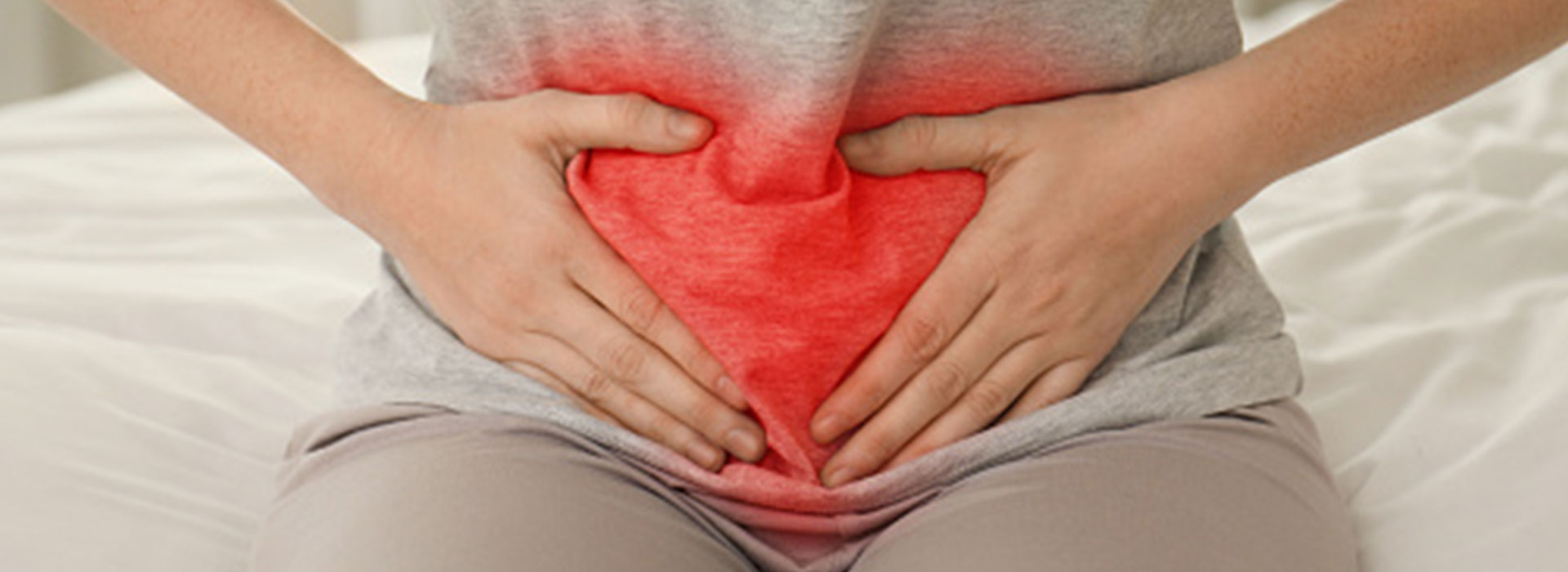Labour and birthing are natural, biological processes and your body and your baby will work together to help it emerge into this world. The more focus there is on pain, the more pain we tend to feel. If you want to choose them, there are a variety of pain relief options available to you - both medical and non-medical. You just have to decide what will work for you to ease the discomfort of labour, while also supporting you on this journey.
A lot of hospitals are quick to offer medical pain relief techniques. However, there are self-management techniques that you can practice to make the discomfort a lot easier to deal with.
NON- MEDICAL PAIN RELIEF OPTIONS
- Take a
childbirth class - Learning about the
process of labour is a great way to begin. It will help you understand the
adaptations your body will go through to bring your baby into this world
and the physiological reasons behind the discomfort. You will also learn
about different positions you can labour in that will ease the entire
process. (link to positions article)
- Accupuncture - This is an ancient Chinese technique used to relieve pain by
inserting needles into certain points on your body. A hospital will not
provide this service so if you plan to use it, make sure you have a
qualified practitioner with you.
- Breathing
and relaxation exercises - These are most
effective if you have already practised them during your pregnancy. You
can use your breath to relax during intense pressure and that will give
you the energy to keep going.
- Hypnosis - Again, this is something you would need to learn while you
are still pregnant. A lot of doulas and childbirth experts offer
self-hypnosis classes, which you can take in advance, and put them into
use while you are in labour. The breathing exercises and visualisations
change your perception of “pain” and guide you through the entire labour
process.
- Water birth - If your hospital has water birthing facilities, you could choose that route. The water supports your body weight and makes it easier to move around,and assume positions where it is easier to give birth and discomfort is greatly reduced.
If you decide to use medical pain relief options, the most common of which is an epidural, make sure you research them well before the day you give birth so that you are aware of the procedures and the pros and cons.
MEDICAL PAIN INTERVENTION TECHNIQUES
- Gas and air
(Entonox) - This is a mix of 50% oxygen
and 50% nitrous oxide and is an anaesthetic that will not completely take away
your discomfort but will help in reducing it. You need to start breathing
the gas in through a mask or mouthpiece as soon as the contraction begins
to get some relief at the peak of the contraction.
Pros:
●
Quick to work
●
You can control it and use it as required
●
It does not require the baby to be monitored
Cons:
●
It can dry out your mouth
●
Nausea
●
It may make it difficult to change
positions
●
This is available only at some
medical facilities in India, so if this is an option you are considering, do
ask your hospital about its availability.
- Pethidine/Diamorphine - These are opiates administered through an IV drip or an
injection which reduce pain during labour or reduce it significantly. It
can make you feel slightly drowsy.
- Spinal
Block - This is a form of local
anaesthesia which is injected directly into the lower back. It relieves
any sort of pain completely and may be used if you need an assisted birth
or an emergency C-section.
Injected straight into your lower back, a
spinal block is a very effective and fast acting pain killer. It is a local
anaesthetic that numbs your abdomen to relieve you of pain completely. It can
make you drowsy. You might get a spinal block if your baby needs to be born
quickly under an emergency caesarean or assisted birth.
- Epidural - An epidural is
a mix of anaesthesia and an analgesic that numbs you from waist down.
While you lie curled up or bent over, an anaesthesiologist will inject you
with drugs into your back that affects the pain-carrying sensational
nerves and numbs you from the waist down. It also affects the motor
nerves, so you will be unable to move.
An epidural can cause your blood pressure
to drop, so you are hooked up to an IV line carrying saline solution into your
body. You will also be hooked up to a urinary catheter, a BP cuff, a pulse
oxymeter and a machine that monitors contractions because you will be unable to
feel them.
Pros:
●
It does not make you sick or drowsy
●
It can be a very effective method of pain
relief, especially if you are struggling with discomfort and a long labour.
Cons:
●
It may not be 100% effective and you may
experience only partial pain relief.
●
Your body doesn’t receive any
bio-feedback about contractions (since you cannot feel them), labour may slow
down in which case you may need to take synthetic Oxytocin to speed up labour
and this can lead to fetal distress.
●
It is difficult to be upright and help
the baby descend.
●
You will not know when to push so your
doctor will have to guide you and the chances of an assisted delivery with
forceps may increase.
●
You may have a headache for a few days
post delivery.
●
You may have a backache for a few days.
●
There may be pins and needles or a
tingling sensation down one leg after childbirth for a few days.
●
You may experience a fever or itching.
- Combined Spinal-Epidural - This is a combination of an epidural and a spinal block which offers quick pain relief, with a lower dose of medication. The risks are the same as that of an epidural.
Now that you are familiar with both medical and non-medical options to aid your body through childbirth and to deal with discomfort, do add your choices to your birth plan (link here). Have a birthing partner with you who can advocate for your choices and/or support you in case you change your mind about the sort of pain relief option you want to use - you may find that you are able to manage your pain with their support and non-medical techniques or you may diverge from your birth plan and make alternate choices. Stay flexible!




